Based on the popularity of a couple previous blog posts, about Where Bamboo Comes From and 20 of the World’s Best Bamboo Gardens, we’ve been following up with a series of articles about fabulous bamboo destinations. As it happens, one of the best places on earth to find bamboo is in the Philippines.
Whether you’re looking for bamboo ecotourism or bamboo industry, the island nation of the Philippines is teeming with this woody grass. More than 60 species of bamboo are known to grow in this country, and about 20 of them grow nowhere else. These are some of the biggest and most impressive varieties of bamboo, which the islanders have been putting to great use for hundreds or thousands of years. Some of the best places to find indigenous bamboo are at the Carolina Botanical Gardens and in the wilderness of Mount Pulag.
NOTE: This article first appeared in March 2021, most recently updated in May 2024.
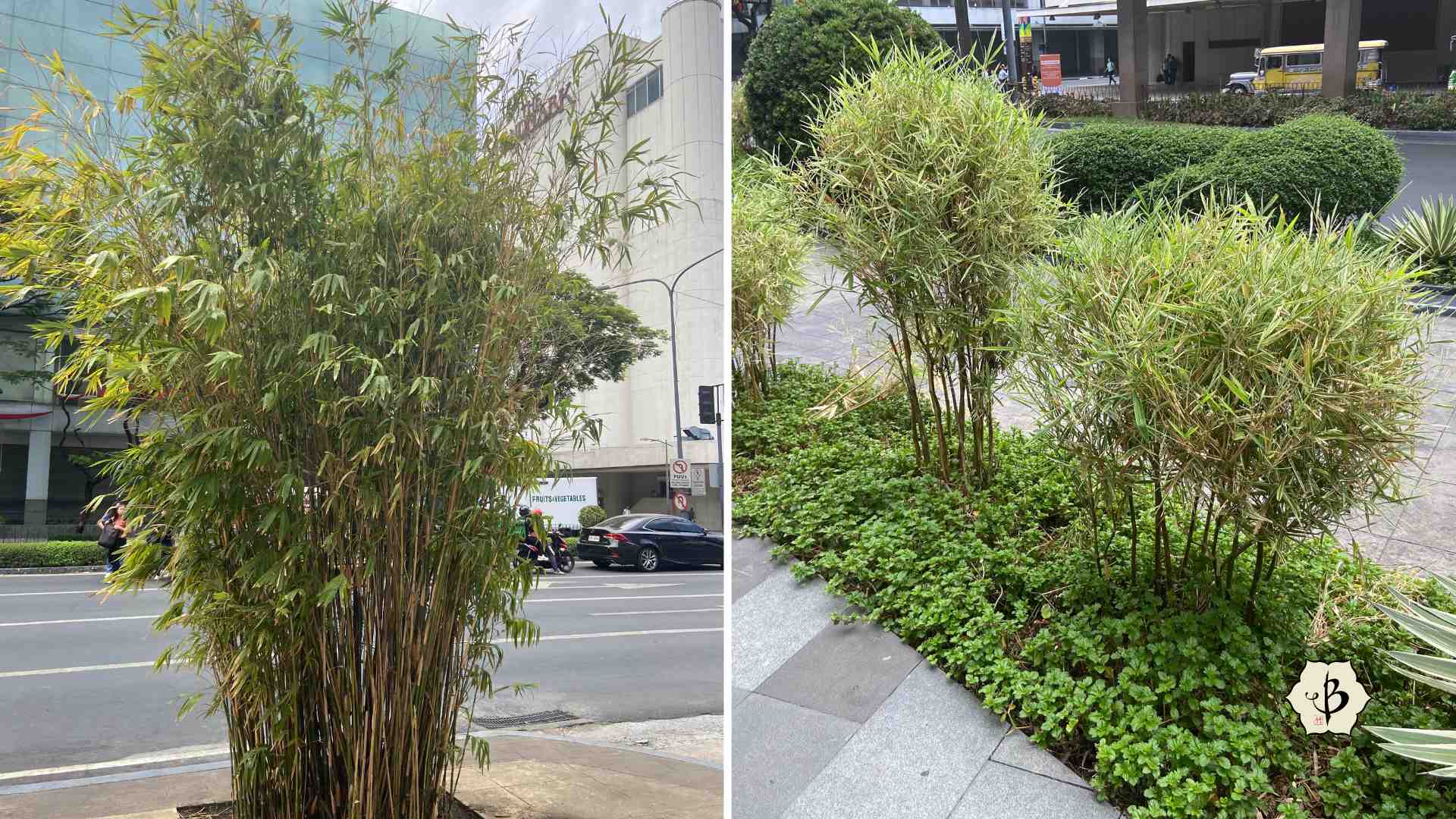
Species of bamboo in the Philippines
Situated just a few balmy degrees north of the equator, the Philippine archipelago offers an excellent climate for an enormous variety of tropical flora. Among that spectacular biodiversity is a stunning assortment of bamboo species.
Native bamboos
The genus Cyrtochloa comprises seven species of tropical bamboo which are endemic to the Philippines and not known to grow anywhere else. Dinochloa is another Southeast Asian bamboo genus, with close to 40 species, and several of these are also native to the Philippines. Generally speaking, the species of these two genera have a climbing, ivy-like growth habit. We call these scandent bamboos. And in this respect, they are quite similar to rattan, another very useful plant that also flourishes in the Philippines.
A larger genus of tropical bamboo is Schizostachyum, which includes nearly 70 species, and several of them are native or at least present here. These are medium-sized, upright bamboos that typically grow about 30-40 feet tall. S. lima is especially important in this part of the world. It has long been used for making crafts, musical instruments, and woven mats called sawali.
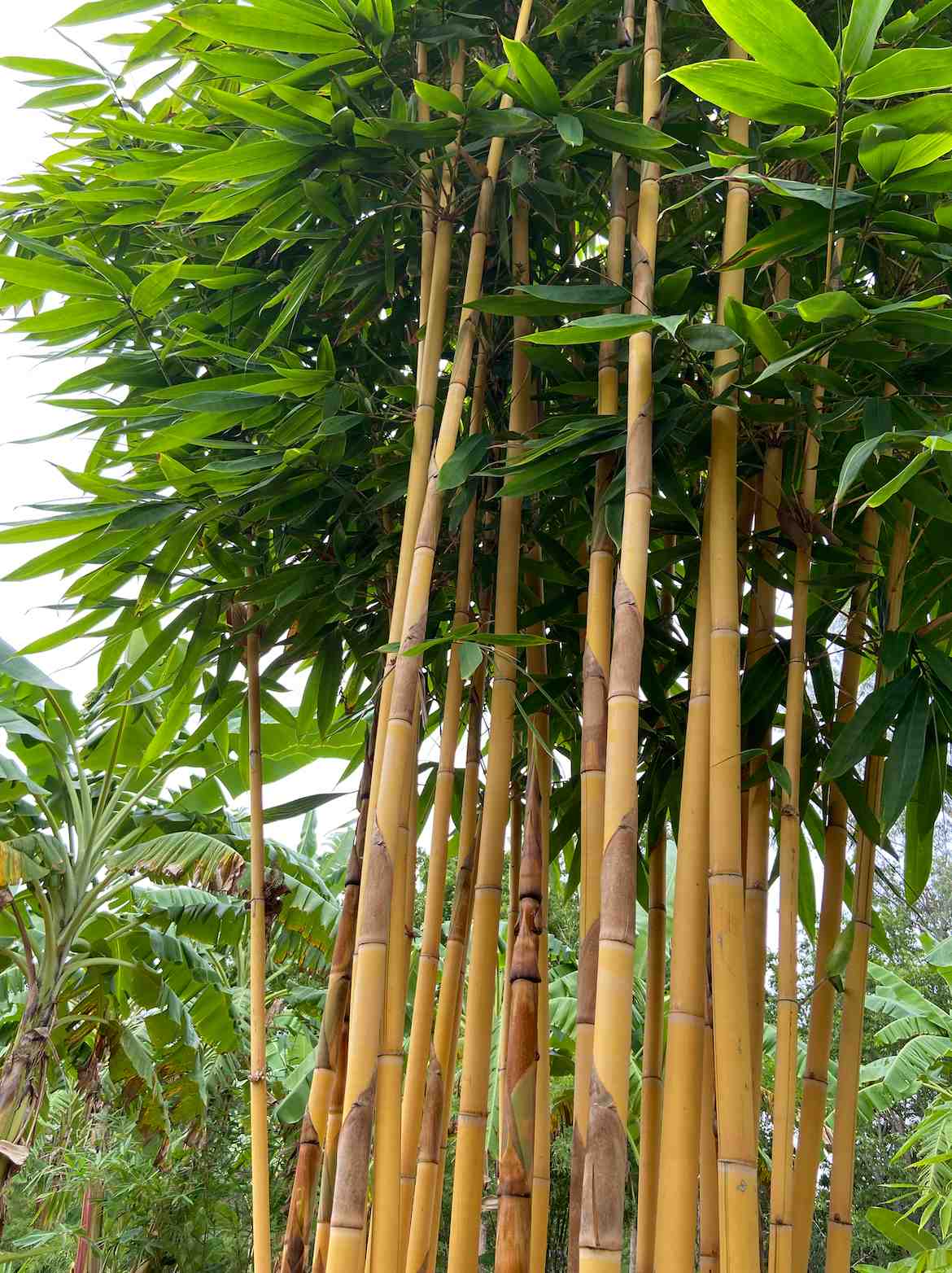
Additional species
While the unusual species are most interesting from an ethnobotanical point of view, it’s the giant bamboo varieties that are most impressive to the casual observers. Although they don’t appear to be native, numerous species of towering Gigantochloa and Dendrocalamus now grow on the islands. Some of these are known to top 100 feet in height. A New World species, Guadua angustifolia, has also been introduced from Colombia. This is one of the most economically important plant species in all of South America, after food crops and coffee.
The 7,000 islands of the Philippines are also home to dozens of other species of more common bamboo genera. A wide variety of Bambusa, the most widespread bamboo genus of all, grows throughout the country. You can also find representatives of fast-spreading Phyllostachys, as well as pint-sized Sasa and Pleioblastus. Unlike the other varieties listed here, these last three genera are running, rather than clumping bamboos.
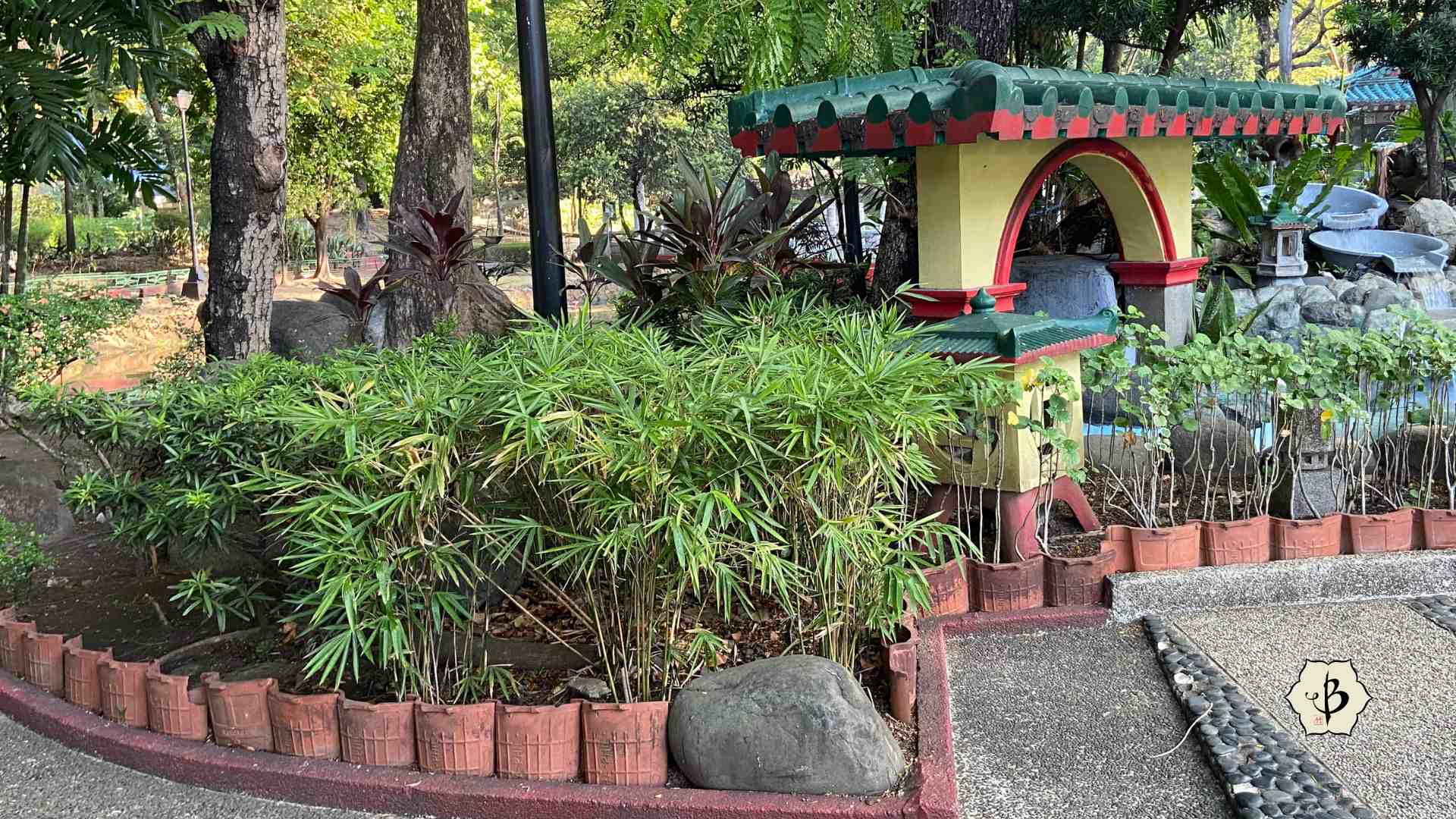
Where to find bamboo in the Philippines
You probably don’t even have to leave the Ninoy Aquino International Airport to spot some bamboo chopsticks or bamboo barstools. But if you’re serious about immersing yourself in the best bamboo that this country has to offer, here are a few suggestions.
Carolina Bamboo Gardens
In Antipolo City, due east of Manila, the Carolina Bamboo Garden is one of the finest bamboo collections in the world. Carolina Gozon Jimenez started this garden in the year 2000 on a 5 hectare (12 acre) plot of land just outside the crowded capital city. Today the beautifully landscaped acreage features about 45 species of bamboo, both indigenous and exotic.
Some very striking bamboo structures also showcase the plant’s impressive potential as a construction material. Most boast-worthy of all is probably the Bambusetum, Carolina’s bamboo seed bank. Here they preserve a precious diversity of bamboo genetics for generations to come. The facility also hosts seminars and events to promote the use and cultivation of bamboo, as well as other environmentally important endeavors.
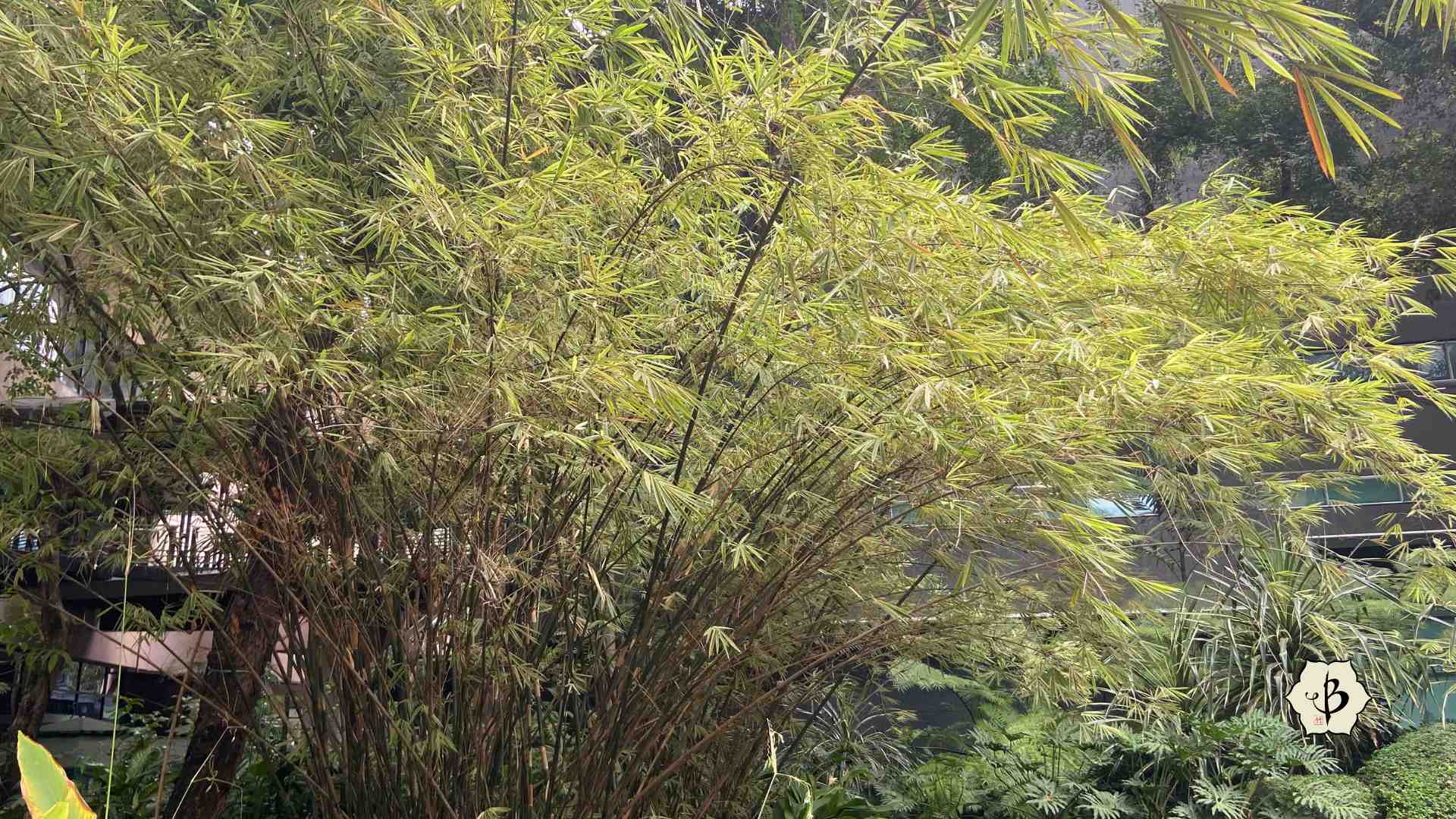
Mount Pulag National Park
Mount Pulag, on the country’s main island, Luzon, is the third highest peak in the Philippines. It’s an especially popular destination for hikers and has a very rich cultural heritage. In addition to being a national park and an extinct volcano, primitive people considered it sacred ground. Apparently, the summit offers breathtaking sunsets and world-class stargazing as well.
And as if all that weren’t enough, the slopes of Mount Pulag are just covered with dwarf bamboo, namely Yushania niitakayamensis. The lush national treasure also supports vast pine forests and some delightfully mossy rainforests.
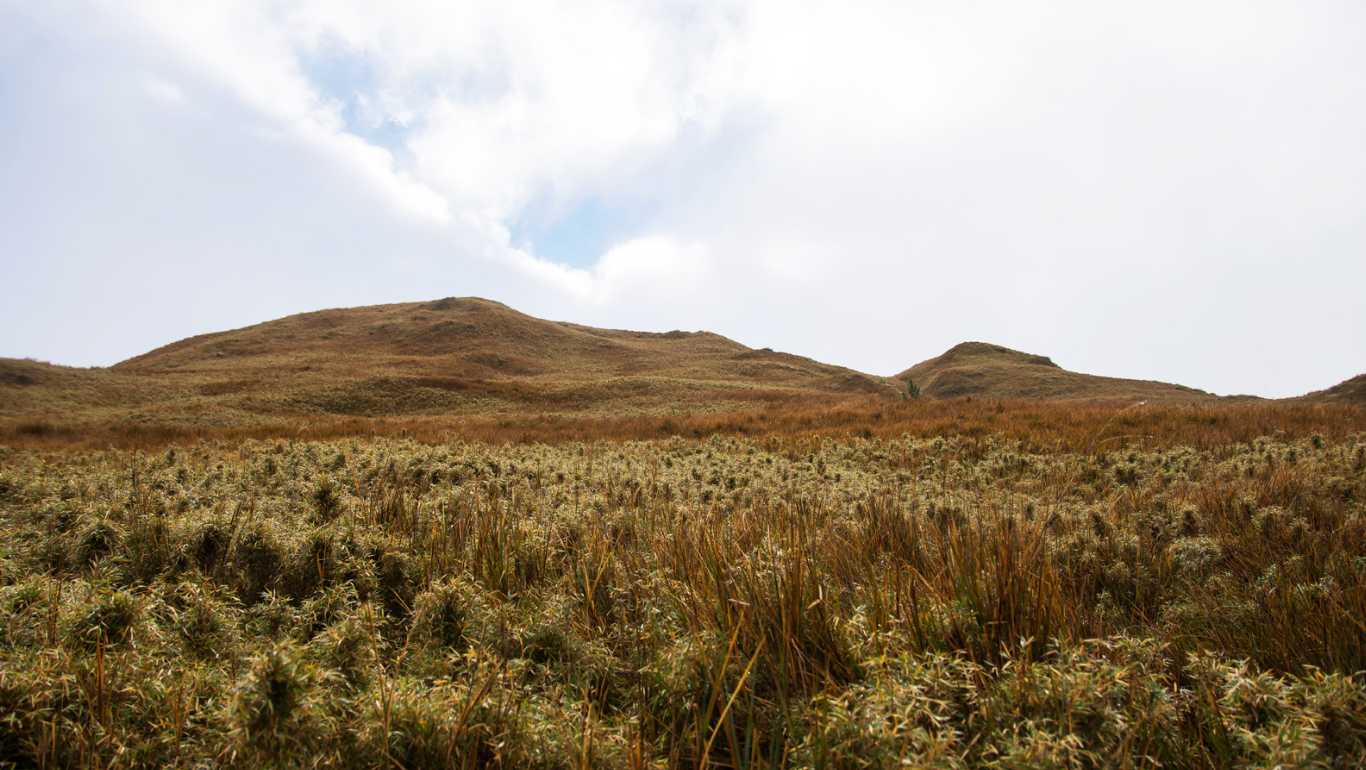
Lubao Bamboo Hub
The Lubao Bamboo Hub and Eco Village is located in Sasmuan, Pampanga, in central Luzon. Bamboo was originally planted as part of a reforestation effort and to curb erosion. But the owners quickly realized they could cash on on bamboo for eco-tourism. Visitors can tours the massive bamboo groves, rent bicycles and go boating on the Gumain River.
The city of Maasin
Ostensibly the home of an up-and-coming bamboo theme park, Maasin is popularly considered to be the Bamboo Capital of the Philippines. It is located in the Iloilo province, on the Visayan Island of Panay. Situated in the mountainous highlands, Maasin is surrounded by 5,000 hectares (12,000 acres) of cultivated bamboo. Most of this bamboo is harvested for furniture and other light construction.
The Bamboo Theme Park claims to showcase all things bamboo, from production, plantation, maintenance, rehabilitation, harvest, treatment and processing. Details are scarce, however, and the park has no official website.
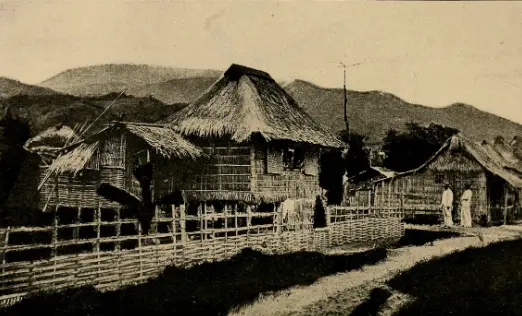
Bamboo farming and industry in the Philippines
Sawali are among the oldest, traditional bamboo products in the country. Woven from split bamboo, they are commonly used like thatching to create walls for nipa huts and other primitive structures.
Today, however, the uses for bamboo are far more varied and sophisticated. Architects and engineers are developing new applications every day, and demand for raw material continues to grow. And given the country’s tropical climate and rural economy, farmers have ideal conditions to cultivate this wonder crop for the burgeoning bamboo industry.
Bambusa blumeana, Dendrocalamus asper, and Dendroclamus strictus are some of the most economically important bamboo species now being cultivated in the Philippines. Still, agroforestry farmers could be doing a lot more to reap the economic and ecological benefits of these miraculous grasses. Without disrupting the native habitat, it might behoove them to plant some of the less desirable farmland lands with bamboo. It can grow and thrive in poor soil and requires little or nothing in the way of fertilizers and chemical additives. Native bamboo species would also be an obvious choice for any reforestation projects in this tropical nation.
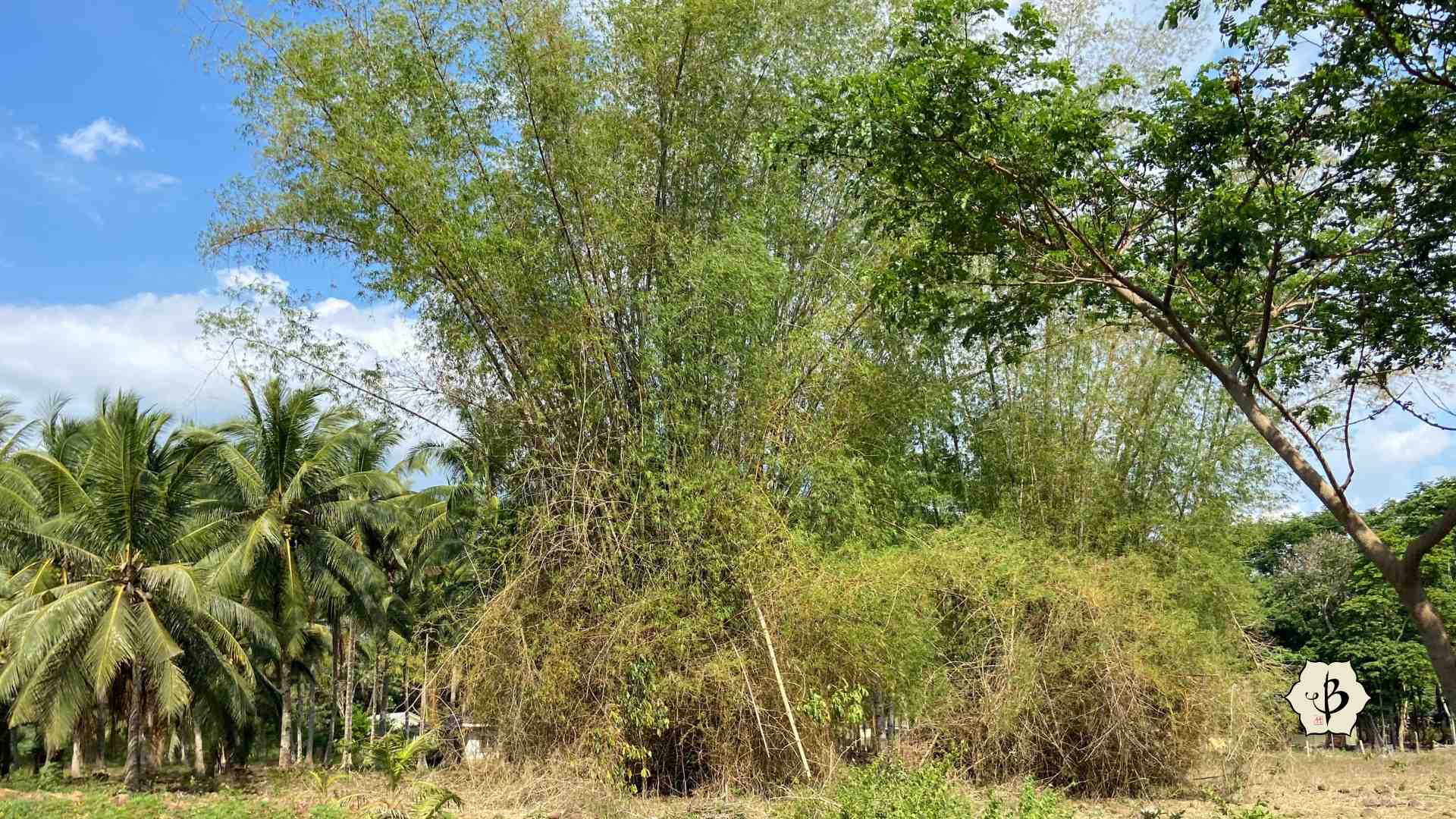
Bamboo reforestation efforts in the Philippines
The Regenesis Project has a deep commitment to restoring land and ecosystems in the Philippines which have been degraded over centuries through extractive agriculture, deforestation, slash-and-burn farming, and other destructive practices. One of the thrusts of Regenesis, called Bamboo Origins, focuses specifically on the propagation of high-quality bamboo seedlings of economically and ecologically valuable species, and the sharing of innovations and expertise in successful bamboo propagation and forestry.
More than simply planting a monoculture of the most vigorous species, Bamboo Origins is determined to implement the richest biodiversity and greatest long-term sustainability. One of the ways they hope to achieve this is by propagating their bamboo from seeds rather than genetically identical clones or cuttings and through planting the right species in the right zones to fulfill the right ecological functions.
Nestlé and EcoPlanet Bamboo recently pledged to plant 2.5 million clumps of bamboo over the next couple years as part of a massive reforestation project in the Philippines. Despite the fabulous PR generated by this project, other bamboo experts in the Philippines are somewhat skeptical about Nestlé’s endeavors, describing them as “green-washing”. Their concern is that this bamboo-planting effort will not address the region’s total biodiversity and that poorly selected bamboo clones will eventually go to seed in a gregarious flowering event that will leave the forest devastated in 50 to 80 years from now.
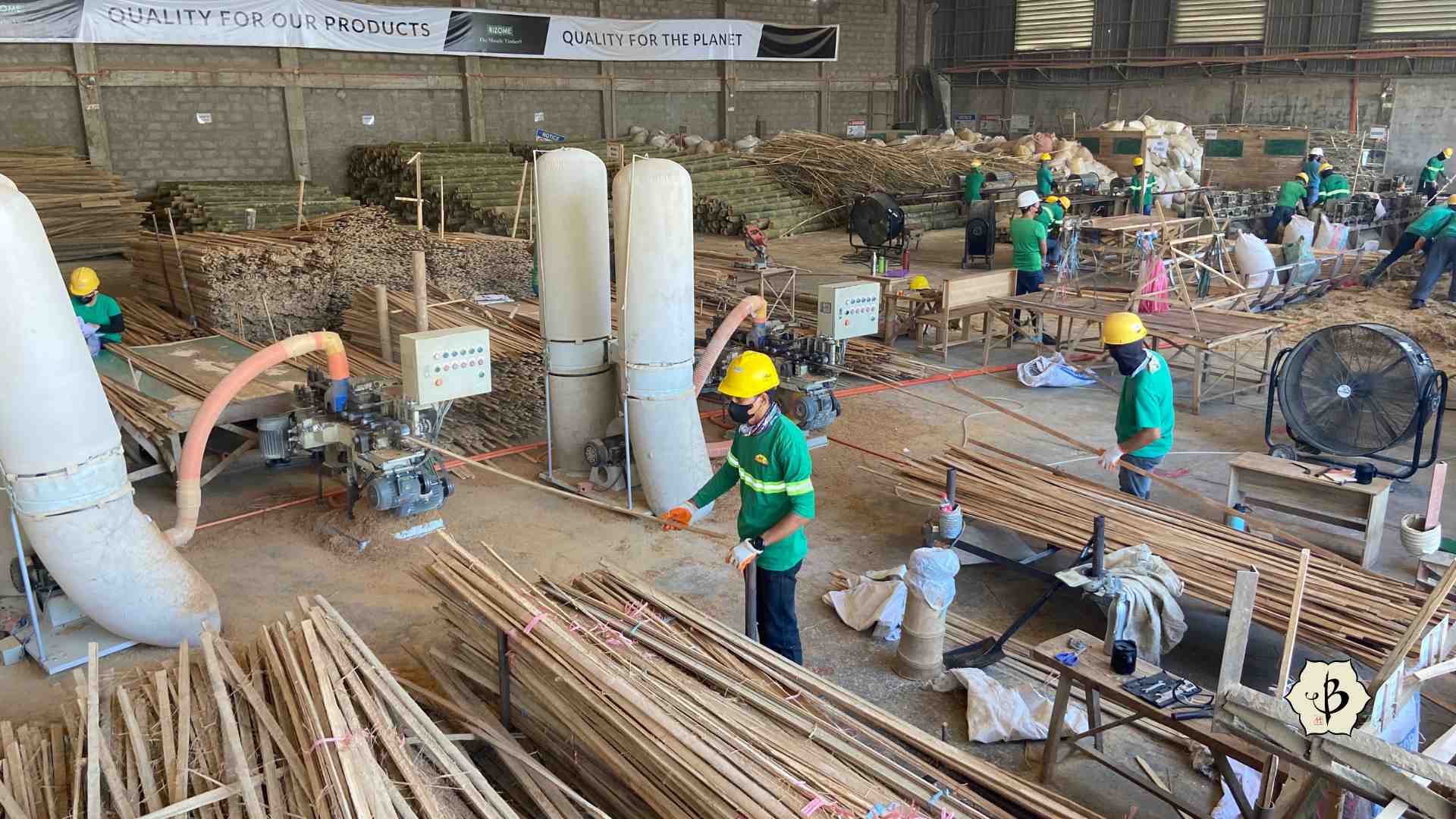
Bamboo bikes and more
Bambike is one of the leading bamboo-related businesses in this bamboo-rich nation. In addition to selling high-performance bicycles from bamboo, Bambike also makes them available as rentals and leads guided eco-tours into the region’s lush, tropical countryside. The company also produces a line of smaller bamboo products and is involved in a variety of other eco-friendly activities and reforestation efforts in the country.
Who is Bamboo Mañalac?
Better known simply as Bamboo, Francisco Gaudencio Lope Belardo Mañalac has been something of an indy rock sensation in the Philippines pop music scene since the 1990s. It’s unclear how involved he is in the cultivation of our favorite grass, or whether he prefers runners to clumpers.
Further reading
If you found this article about bamboo in the Philippines interesting and informative, you might also enjoy these posts about bamboo cultivation and distribution.
- Introducing bamboo: Genus by Genus
- Tropical bamboo
- Bamboo in Timor-Leste
- Bamboo in Africa
- Growing bamboo in Canada
- Bamboo in Colorado
- Bamboo in Thailand
FEATURED PHOTO: Clumps of Dendrocalamus asper help with erosion control along the rim of Mangima Canyon (also called the Grand Canyon of the Philippines) in the province of Bukidnon. Photo by Fred Hornaday.


























Good day.i live in luzon and been searching to no avail for eco friendly non toxic bamboo fabric manufacturing in the philippines. Do you have any addresses or ideas how to find them.
Stephane
I don’t believe there is any bamboo processing for textiles in the Philippines at this time.
Hi, anyone interested to plant bamboo in commercial scale, (like thousands of plantlets) and allow plants to grow uniformly and harvest at the same time. Please email me in advance so I can produce the plants through tissue culture. Allow ample time for me to do the job in advance.
Thank you.
Email: merlina.royeras@gmail.com
Thank you. We’ll be in touch!
Iam in Australia and looking at a mining site cleanup I have heard of Phytroremidiation on info or advice, great website very informative. Cheers
John
Bamboo is an excellent plant for soil restoration and phytoremediation. In combination with biochar it can be especially effective.
We should cover the country with bamboo trees.
Bamboo agroforestry for the win!
I hope this email finds you well. We are currently in the process of establishing a facility for processing bamboo panels, plywood, and lumber. To ensure efficient and high-quality production, we are seeking information regarding the machinery required for these operations. Can you recommend best brand for this machine.
There are several manufacturers in China for this type of equipment.